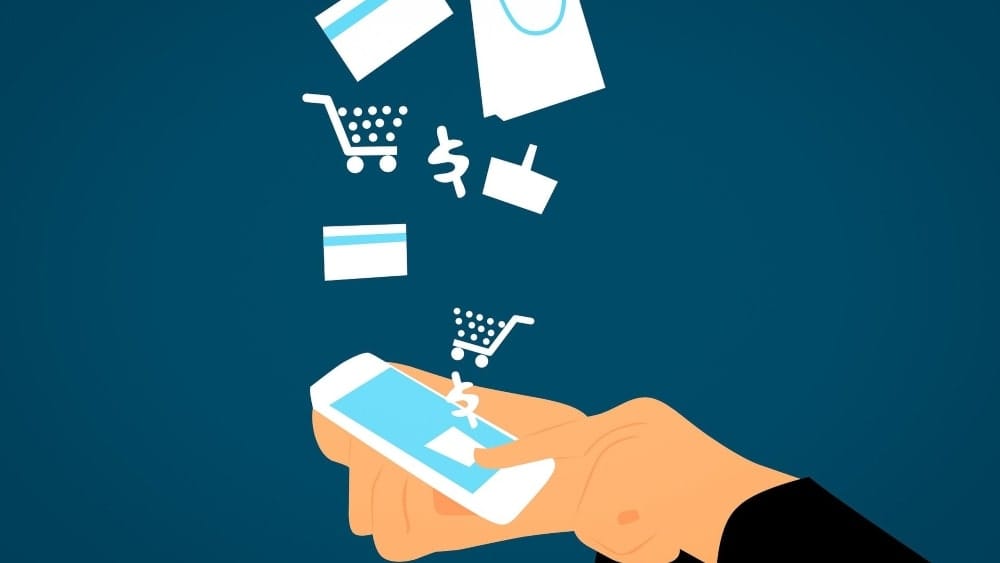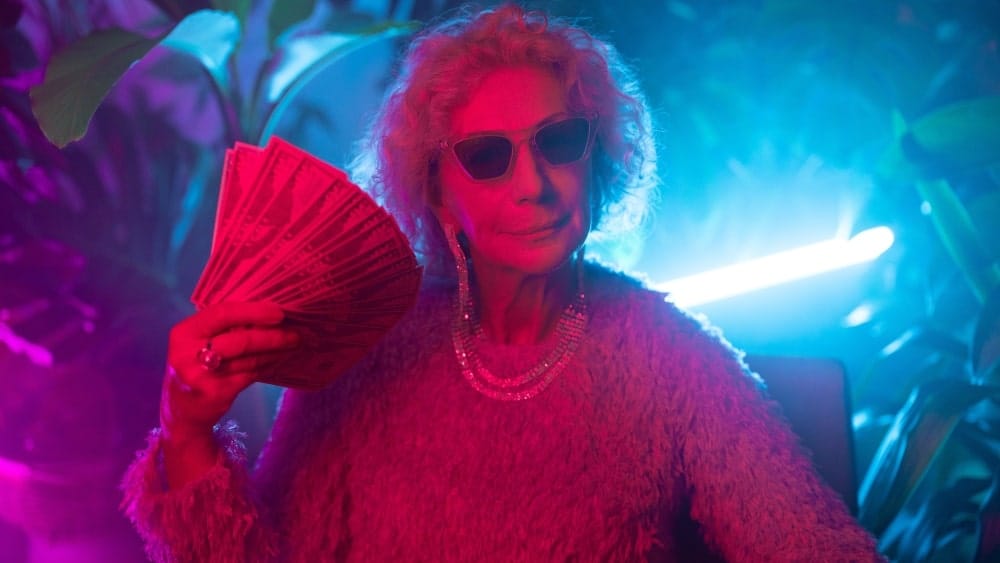Including images can be a powerful way to visually strengthen your message and grab (and keep) users’ attention.
If you’re looking for an image or photo to include on a project, it’s not as simple as heading to Google Images and grabbing the first photo you see and like. In fact, doing so could result in copyright infringement and even a fine.
So, how do you find free images to use in your content or business projects? Great news: several sites offer access to millions of photos, graphics, illustrations, and other media that are free to use. Here are the best places for free images — along with some tips to follow copyright rules when using images.
7 Best Places for Free Images
When searching for free stock photos or images to use, start your search on a free stock image site. These sites offer images under a license that allows users to download and use these media for free. Here’s a roundup of some of the best places to find free images.
Unsplash

Unsplash has been my go-to for photos and images on my own blog. The site offers high-resolution images offered up by talented photographers and artists. On Unsplash, you can find everything from standard stock photo fare to creative photo illustrations and still lifes.
Download a photo and use it however you like, including commercial uses, without attribution required (though encouraged).
Pexels

Check out Pexels for free photos and videos that can be used for commercial and noncommercial uses. You can download, edit and modify, and share them without attributing the creator or Pexels (though giving credit is good practice).
Stocksnap.io

Stocksnap.io offers a range of free stock images and photos. It does so with a creative commons license that allows users to download, alter, and share the image for both personal and commercial purposes.
Pixabay

Find millions of photos, graphics, and illustrations to include in your brand’s media on Pixabay. These stock images are free to use in commercial and noncommercial projects. Attribution is encouraged, but not required for Pixabay images.
Canva

Canva is primarily a media design and creation platform. Included in the service is access to a range of free photos and videos that users can include in their media for commercial and noncommercial uses. You can also upgrade to Canva Pro or other paid plans to get access to even more premium stock images.
Wikimedia Commons

Find a range of creative commons-licensed images and other media on Wikimedia Commons. They’re free to use, including in commercial contexts! Just be sure to check the creative commons license for each specific photo you choose to use. Many require you to attribute the media or indicate if you altered the image in some way.
Your Own Photo Roll
You own the copyright for all photos and images you create, meaning you can use them in any way you like — for free. So when you’re looking for photos and images to use in your business or content projects? Don’t forget to check your own photo roll!
Review images you’ve taken over the years to see if there are any that would be a good fit for your needs. Or, consider creating an image for your own use. Snap a shot of yourself or something you already have at home, or draw or design your own image.
Tips to Use Free Images — While Following Copyright Laws
Before you start pulling and using images created by others, it’s important to familiarize yourself with the general rules around image licensing and copyrights. This can help you as you understand which images you can use for free, and how to avoid copyright infringement. Here are some general terms you should know:
Public domain: Media, including art and photos, that is not owned by anyone. These media may be used or reused freely, in any way, without permission or attribution.
Creative Commons (CC): A type of license through which the creator maintains the copyright, but allows others to freely use or share the media.
Attribution: Some sites or creators have a license that allows for the use of an image if it is attributed to the original website or creator. Keep in mind, too, that while attribution or credit may not be legally required — crediting photos is generally considered good practice or etiquette.
With more familiarity with image licensing rules, you’re better equipped to determine when and how you can use free images. You can now read through site or image licenses to understand how to follow the copyright guidelines, both for the original creator and for any media you create with the use of that image.
Just because a photo has a Creative Commons license, for example, doesn’t mean you can use it however you want. A “sharealike” CC license requires you to apply the same license as the original media to your new creation, for example, which may not be in line with your goals for the new media.
Finding compelling, visually exciting — and free — images can be simple and painless. But it’s still on you to understand copyrights and be sure that you are following the appropriate image licensing guidelines.












0 Comments